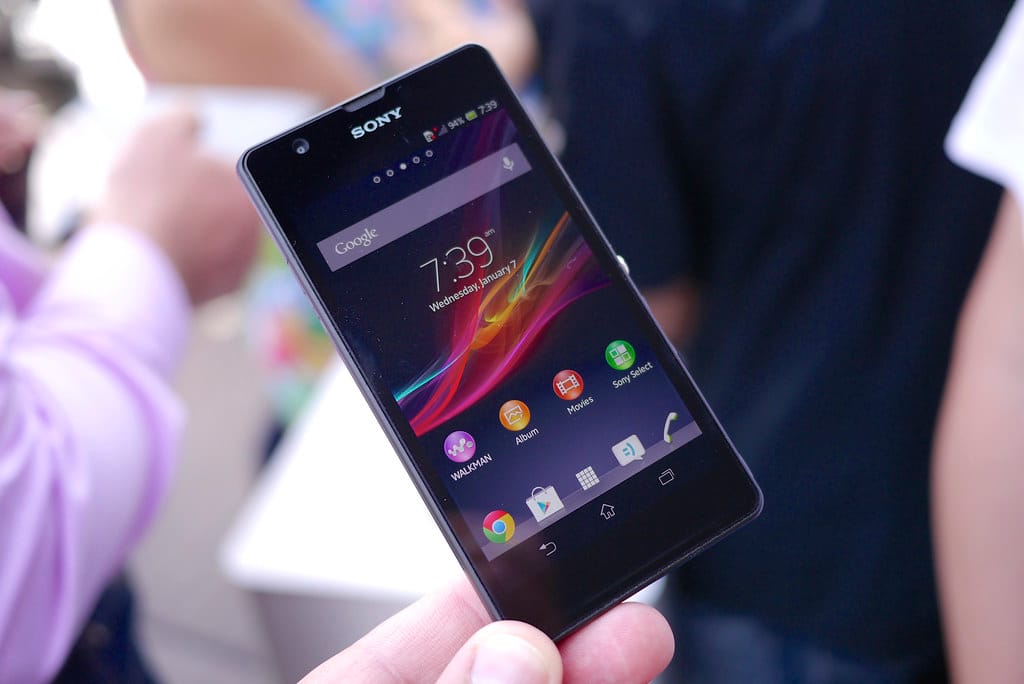Sony Doubles Down on Smartphones Despite Market Share Struggles: Xperia's Fight for Relevance
Sony has reaffirmed its commitment to the smartphone market, declaring its Xperia devices remain "very important" to the company's strategy despite holding less than 1% of global market share. This bold stance raises questions about Sony's mobile strategy and whether the electronics giant can revive a once-promising smartphone division that has struggled to compete with Android and iPhone dominance.
The Current State of Sony's Mobile Division
Sony's smartphone business has experienced a dramatic decline from its peak years. Once a major player in the mobile space, the company's market share has dwindled to near-invisibility on a global scale. According to recent industry data, Sony captures less than 0.5% of worldwide smartphone shipments, a stark contrast to leaders like Samsung (22%) and Apple (16%).
The company's Xperia lineup, while technically impressive, has failed to resonate with mainstream consumers. High pricing, limited availability in key markets like the United States, and fierce competition from Chinese manufacturers have contributed to Sony's marginal position in the smartphone ecosystem.
Why Sony Considers Smartphones 'Very Important'
Despite these challenges, Sony Mobile executives maintain that smartphones remain integral to the company's broader technology ecosystem. The rationale extends beyond direct hardware sales to encompass several strategic considerations:
Content Integration Strategy: Sony's smartphones serve as showcases for the company's camera sensors, audio technology, and entertainment content. The Xperia Pro series, for example, demonstrates Sony's advanced imaging capabilities that eventually filter down to other manufacturers' devices.
Professional Market Focus: Rather than competing in the mainstream consumer space, Sony has increasingly positioned its smartphones toward content creators and professionals. Features like 4K video recording, professional camera controls, and specialized accessories cater to niche markets where Sony's expertise in imaging and audio provides competitive advantages.
Technology Development Platform: Smartphones function as testing grounds for Sony's cutting-edge technologies, including camera sensors, display panels, and audio processing chips that generate revenue through licensing deals with other manufacturers.
Market Realities and Challenges
The smartphone market's maturation presents significant obstacles for smaller players like Sony. Consumer upgrade cycles have lengthened, with users keeping devices for three to four years on average. This trend particularly impacts premium manufacturers without strong brand loyalty or compelling differentiation factors.
Sony's pricing strategy has also proven problematic. Xperia devices often launch at premium price points comparable to Samsung Galaxy S series or iPhone models, despite lacking the marketing reach, carrier relationships, and ecosystem integration of these established players.
Geographic limitations compound these issues. Sony's smartphone availability remains restricted in major markets, limiting potential sales volume and brand awareness. The company's decision to exit certain regions, including the United States for direct sales, has further reduced its global footprint.
Innovation Highlights and Niche Positioning
Despite market struggles, Sony continues investing in smartphone innovation. Recent Xperia models showcase industry-leading features:
- Advanced Camera Systems: Leveraging Sony's dominance in camera sensor manufacturing, Xperia phones offer professional photography and videography capabilities
- High-Refresh Displays: 120Hz OLED screens with Sony's display technology provide smooth performance and vibrant colors
- Audio Excellence: Integration of Sony's audio expertise through high-resolution audio support and premium speakers
- Gaming Features: Specialized gaming modes and cooling systems target mobile gaming enthusiasts
These innovations position Xperia devices as specialized tools rather than mainstream consumer products, potentially justifying their continued development despite limited market share.
The Path Forward
Sony's smartphone strategy reflects a broader industry trend toward specialization and niche targeting. Rather than attempting to match Samsung or Apple's mass-market appeal, the company appears focused on serving specific user segments that value Sony's technical expertise.
This approach mirrors successful strategies in other industries where smaller players thrive by focusing on premium, specialized markets rather than competing directly with volume leaders. Whether this strategy can sustain Sony's mobile division long-term remains an open question, but the company's commitment suggests confidence in its differentiated positioning.
Sony's declaration that smartphones remain "very important" signals continued investment in mobile technology, even if commercial success remains elusive. For consumers and industry observers, this commitment ensures continued innovation from a company with deep technical expertise, potentially benefiting the broader smartphone ecosystem regardless of Xperia's market performance.
